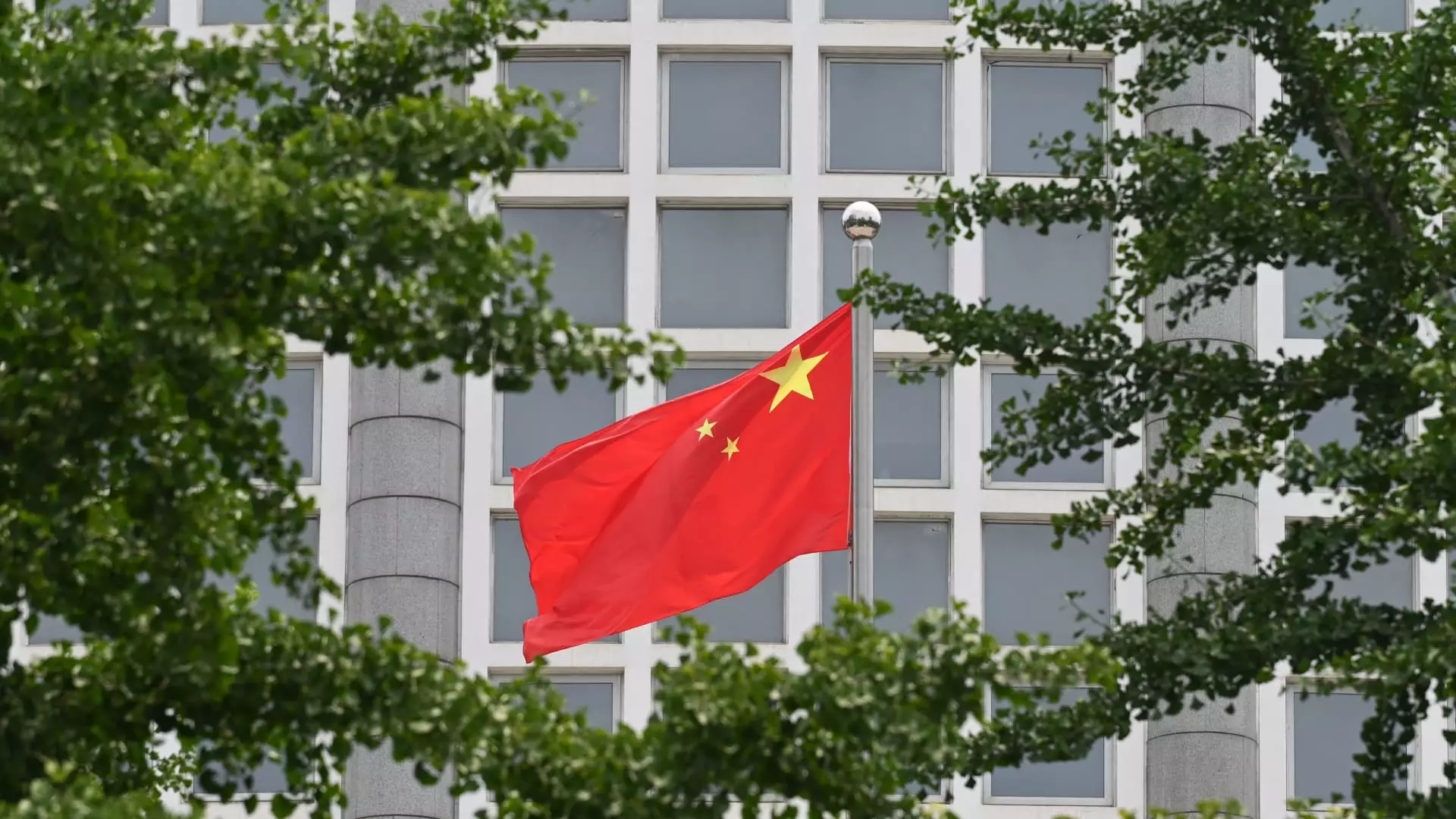In recent years, China’s economy has experienced significant ups and downs, characterized by periods of rapid growth followed by unsettling slowdowns. At the forefront of efforts to steer the nation through these turbulent waters is Zheng Shanjie, the chairman of the National Development and Reform Commission (NDRC). Zheng’s recent press conference outlines the government’s tactical response to an economy facing serious challenges. However, despite the intention to bolster growth, the specifics he shared lacked the critical measures investors were hoping for, resulting in a dampened market response.
Zheng’s announcements included increased issuance of special-purpose bonds aimed at local governments, designed to boost regional development. This effort aligns with the government’s ongoing strategy to facilitate local projects that could stimulate economic activity. However, amidst all this horse trading, there was no mention of expansive new stimulus measures that many stakeholders and analysts were anticipating. This left investors underwhelmed, notably influencing the stock markets and casting doubt on the efficacy of current measures.
In his address, Zheng pledged that a significant amount—1 trillion yuan—would be allocated through ultra-long special sovereign bonds for local funding. Furthermore, he committed to releasing a 100 billion yuan investment plan before the month ends, which is an effort to mobilize financial resources sooner than expected. While these moves might have been seen as proactive steps, the lack of overarching new stimulus initiatives left many wondering if these would be enough to pivot the economy toward a healthier growth trajectory.
The ambiguities in Zheng’s statements regarding additional measures to support the property market and stimulate consumption raised questions about the administration’s commitment to addressing the ongoing downturn in the housing sector. As local issues remain a primary focus, can these measures provide enough momentum to overcome the entrenched problems so deeply rooted in the economy?
The timing of Zheng’s press conference was particularly telling, coinciding with the reopening of the stock markets after the Golden Week holiday—a period often marked by optimistic sentiment. Initially, there was a noticeable surge, with major indices, like the Shanghai Composite and CSI 300, rebounding sharply. However, this cheer quickly gave way to a more tempered response once stakeholders absorbed the lack of substantial new policies. It appears that the brief glimmer of hope in the markets was merely a temporary reaction to the reopening rather than a solid endorsement of the government’s economic strategy.
Crucially, the broader backdrop of economic indicators presents a concerning narrative. The first half of the year ended on a cautious note, as growth stalled, evidenced by the surprising contraction in factory activity and marginal consumer price increases. The signs of economic malaise, from a contraction in the Purchasing Managers’ Index (PMI) to sluggish domestic consumption, cannot be ignored when evaluating the overall efficacy of the government’s proposed measures.
A balanced assessment of Zheng’s commentary highlights not only an intention to safeguard fiscal stability but also a glaring recognition of the looming hurdles in achieving targeted economic growth, which remains a crucial benchmark for the administration. The NDRC head candidly acknowledged significant obstacles that still exist, which suggests that the government recognizes the gravity of the situation yet does not have a definitive roadmap to navigate it.
Moreover, Zheng’s previous remarks about enhancing macroeconomic policies touch on the necessity for a coordinated approach involving multiple sectors. The interconnectedness of fiscal, monetary, employment, and other relevant policies underlines the complexity of the situation. It is imperative for the government to adopt a more holistic strategy if they aim to stimulate confidence among consumers and investors.
While the Chinese government is actively engaging in efforts to navigate a challenging economic landscape, the effectiveness of these strategies remains questionable. Stakeholders will need to remain vigilant and assess future developments critically, especially in light of the lack of definitive maneuvers that would address the pressing economic challenges directly. The road ahead is laden with uncertainties, and the path to recovery may require more than just promises of financial deployment.

